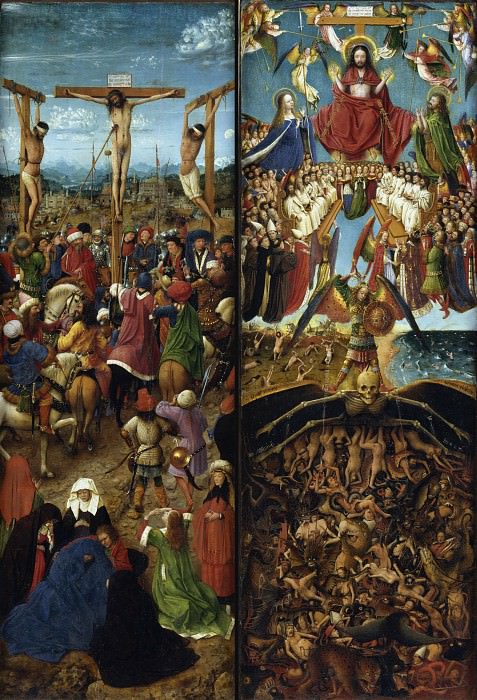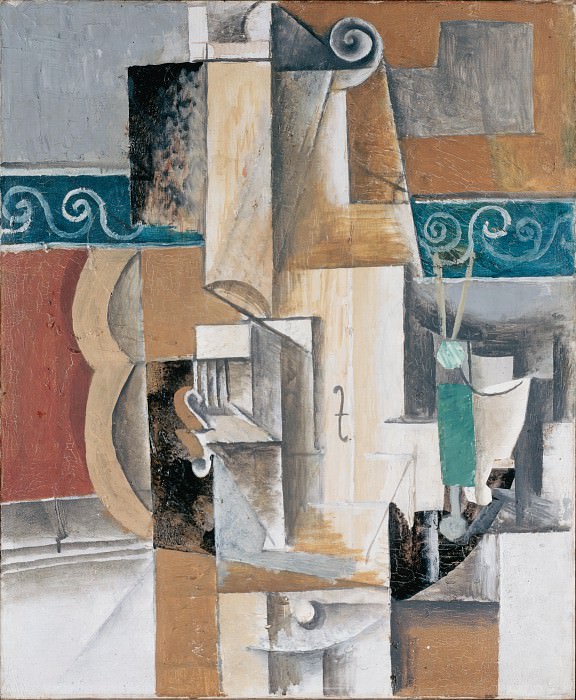The Art of Filippo Brunelleschi: Mastering Renaissance Architecture
Filippo Brunelleschi is a name synonymous with the dawn of the Renaissance, a period marked by the rebirth of art, culture, and science in Europe. As a master architect, Brunelleschi’s contributions were not only revolutionary but also foundational to the development of modern architecture. His works, especially in Florence, serve as enduring testaments to his genius, blending mathematical precision with aesthetic beauty. This exploration into Brunelleschi's art focuses on his architectural achievements, the innovative techniques he employed, and the legacy he left behind.
Early Life and Influence
Filippo Brunelleschi was born in 1377 in Florence, Italy, a city that would become the cradle of the Renaissance. His early life was steeped in the artistic traditions of the time, but it was his training as a goldsmith and sculptor that initially honed his technical skills and attention to detail. This background in craftsmanship laid the foundation for his later achievements in architecture, where precision and an eye for form would prove invaluable.
Florence during Brunelleschi's time was a hub of artistic and intellectual activity, and the young architect was undoubtedly influenced by the works of his contemporaries, including the great painters and sculptors who were redefining the boundaries of art. However, it was his study of ancient Roman architecture that profoundly shaped his vision. The ruins of Rome offered a tangible link to the past, and Brunelleschi's fascination with classical antiquity would drive him to revive and reinterpret these ancient forms within a modern context.
The Dome of Santa Maria del Fiore
The crowning achievement of Brunelleschi's career is undoubtedly the dome of Santa Maria del Fiore, also known as the Florence Cathedral. This architectural marvel remains one of the most significant achievements in the history of architecture and stands as a symbol of the Renaissance itself.
The cathedral's construction had begun in the late 13th century, but by the time Brunelleschi took on the project, the massive dome had yet to be built. The challenge was unprecedented: no one knew how to construct a dome of such scale without the traditional wooden scaffolding that would have been prohibitively expensive and time-consuming.
Brunelleschi’s solution was as innovative as it was daring. He proposed an octagonal ribbed dome, inspired by the Pantheon in Rome, but with one crucial difference—his dome would be built without scaffolding. Instead, he designed a herringbone pattern for the bricks that would allow the structure to support itself as it was built, a method never before attempted on such a scale.
The construction of the dome began in 1420 and took 16 years to complete. The result was not just an architectural masterpiece but also a feat of engineering that pushed the boundaries of what was considered possible. The dome remains the largest brick dome ever constructed, and its design continues to influence architects and engineers to this day.
Innovations in Perspective
Brunelleschi’s contributions to art extended beyond architecture. He is credited with developing the technique of linear perspective, a method that revolutionized how artists depicted space and depth on a flat surface. This technique became a cornerstone of Renaissance art, enabling artists to create more realistic and proportionally accurate representations of the world around them.
The story goes that Brunelleschi demonstrated his discovery using a painting of the Florence Baptistery. By positioning the viewer at a specific point and using a mirror to reflect the painting, he showed how the lines of the architecture converged to a single point in the distance, creating the illusion of depth. This breakthrough had a profound impact on the visual arts, influencing painters such as Masaccio, who used Brunelleschi’s principles to create the first fully developed example of linear perspective in his fresco The Holy Trinity.
The Ospedale degli Innocenti
Another of Brunelleschi's major architectural contributions is the Ospedale degli Innocenti, or the Hospital of the Innocents. This building, constructed between 1419 and 1445, is one of the earliest examples of Renaissance architecture. Commissioned by the Silk Guild of Florence, the hospital was built as an orphanage and was one of the first structures in Florence to embody the new architectural style.
The design of the Ospedale degli Innocenti is characterized by its elegant simplicity and harmonious proportions, features that became hallmarks of Renaissance architecture. The façade is marked by a series of arches supported by slender columns, creating a sense of rhythm and balance that is both pleasing to the eye and functional. The use of classical elements such as columns, pilasters, and rounded arches was a deliberate nod to the architecture of ancient Rome, but Brunelleschi reinterpreted these elements in a way that was distinctly modern.
The Ospedale degli Innocenti also reflected Brunelleschi's concern with the social aspects of architecture. The building was designed to be welcoming and functional, serving the needs of the city's most vulnerable citizens. This emphasis on humanistic values in architecture was a key aspect of the Renaissance and one that Brunelleschi helped to define.
The Pazzi Chapel
The Pazzi Chapel, located in the cloisters of the Basilica di Santa Croce in Florence, is another of Brunelleschi's masterpieces. Although construction began in 1442 and was completed after his death, the chapel is widely attributed to his design.
The Pazzi Chapel is often cited as a perfect example of Renaissance architecture, with its clear geometry, symmetry, and use of classical elements. The building is laid out as a simple rectangle with a central dome, creating a sense of order and harmony that reflects the Renaissance ideals of balance and proportion.
Inside, the chapel is decorated with glazed terracotta roundels by the sculptor Luca della Robbia, adding a touch of color to the otherwise austere interior. The dome, supported by pendentives, is an architectural triumph, embodying the principles of balance and clarity that Brunelleschi championed.
Influence on Future Generations
Brunelleschi’s influence on the world of architecture cannot be overstated. His work set new standards for architectural design and construction, and his innovative approaches to engineering and perspective had a lasting impact on the development of art and architecture in the Renaissance and beyond.
The techniques he pioneered in constructing the dome of Santa Maria del Fiore were studied and emulated by architects for centuries. Michelangelo, who designed the dome of St. Peter’s Basilica in Rome, is said to have been inspired by Brunelleschi’s work, referring to his dome as "more like the work of angels than of humans."
Brunelleschi’s work also had a profound influence on the development of Renaissance architecture outside of Italy. His emphasis on symmetry, proportion, and the use of classical elements became key principles of the Renaissance architectural style that spread throughout Europe. Architects such as Leon Battista Alberti, Andrea Palladio, and later, Christopher Wren, all drew inspiration from Brunelleschi’s work, incorporating his ideas into their own designs.
The Legacy of Filippo Brunelleschi
Filippo Brunelleschi’s contributions to the world of art and architecture extend far beyond the physical structures he left behind. His innovative approach to design and construction laid the groundwork for the Renaissance and set the stage for the modern era of architecture. His ability to blend mathematical precision with artistic beauty continues to inspire architects, engineers, and artists today.
Brunelleschi’s legacy is not just in the buildings he designed but also in the way he redefined what architecture could be. He demonstrated that architecture was not just about constructing buildings; it was about creating spaces that were harmonious, functional, and beautiful. This holistic approach to design is one of the reasons why his work remains relevant and admired centuries after his death.
In Florence, the city where Brunelleschi spent most of his life, his influence is still palpable. The dome of Santa Maria del Fiore dominates the skyline, a constant reminder of his genius and the enduring power of his vision. The buildings he designed continue to be studied by architects and art historians, who seek to understand the principles and techniques that made his work so revolutionary.
Brunelleschi’s impact on the art world extends beyond his architectural achievements. His development of linear perspective changed the course of painting and drawing, allowing artists to create more realistic and proportionally accurate depictions of space. This technique became a fundamental aspect of Renaissance art and laid the foundation for the development of modern artistic techniques.
Conclusion
Filippo Brunelleschi was more than just an architect; he was a visionary who transformed the world of art and architecture. His innovative approach to design and construction challenged the conventions of his time and set new standards for what was possible. His work laid the foundation for the Renaissance, a period that would see the rebirth of art, culture, and science in Europe. Today, his legacy continues to inspire and influence architects, artists, and engineers around the world, reminding us of the enduring power of creativity and innovation.




